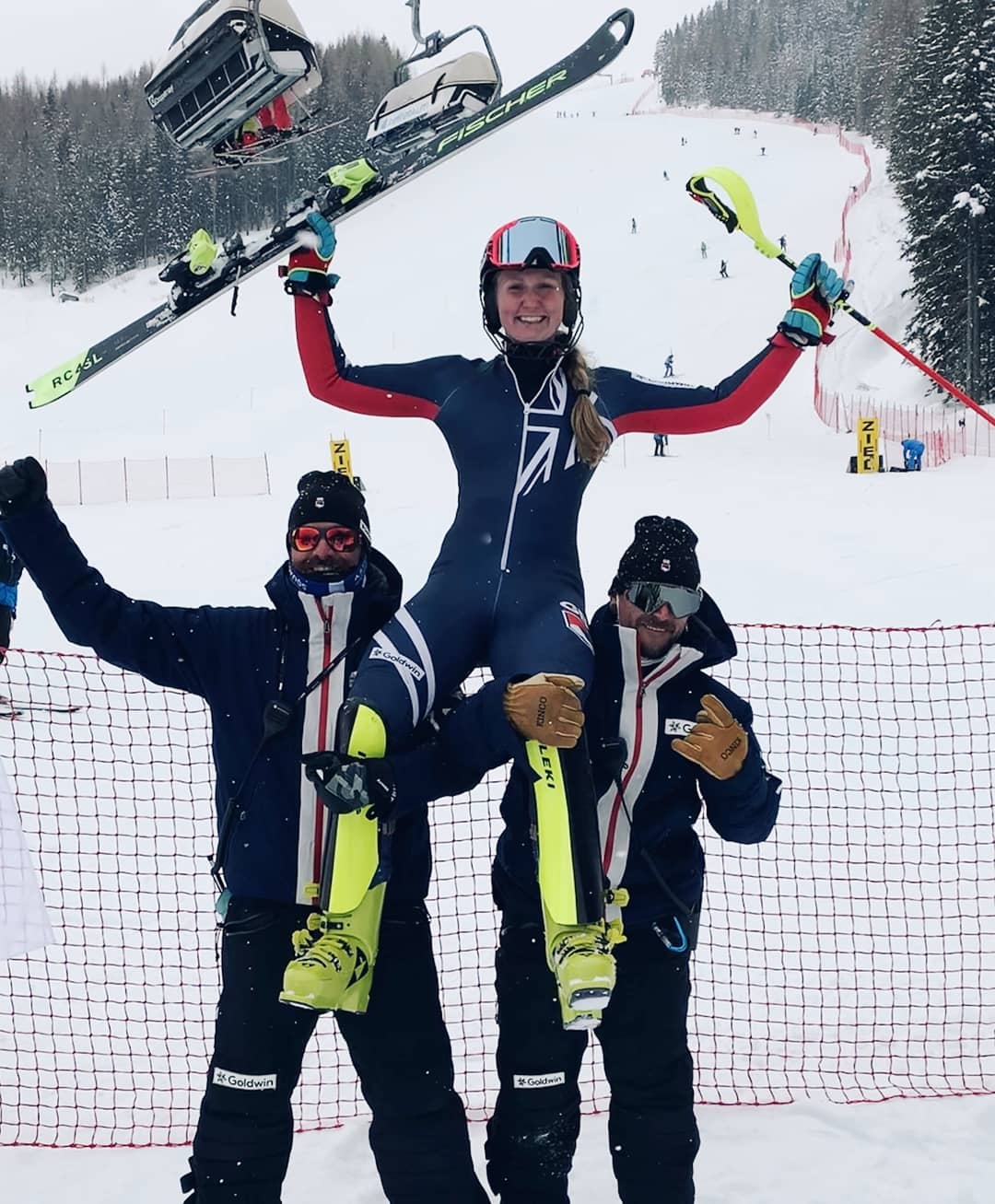
An expert in the art of ski service, Alpine ski technician Federico Detragiache excels in tuning, waxing, and adapting to different conditions. Read on to learn more about how Federico’s work can make or break a podium finish.
How and why did you get into ski service?
“I had been coaching for around 10 years with local clubs and academies around the world. The opportunity to take up a position as a serviceman in the Italian Team came along and I was eager to learn a lot more about the tuning side of skis. I ended up liking it loads more than coaching and so spent as much energy as possible to learn as much as possible, and here we are.”
What are the main duties of a ski technician?
“Firstly, I need to take care of and prepare all the skis ready for training and racing, no matter the condition of the piste. I also need to work with the athlete and understand what type of tuning works best with their technique and goals.”

What is the full process of ski service and how long does it take to get athletes ready? Does tuning need to be tailored to each athlete?
“Our team specialises in slalom, so the main focus is on the edges. We spend a lot of time over the summer and often into the winter too, trying out different machines, stones, grinds to understand what the athlete wants/needs from the edges in every single condition – and what feels good for them on all pistes. We need to keep a good record of all the snow conditions that we skied on, and the edges that we used, so that we can replicate and be as ready as possible for snow conditions on race day. With regards to waxing, the main goal for slalom is to keep the base as clean as possible and protected from snow burn. I used to work in speed e.g., downhill where wax and base condition was far more important.”
What kind of knowledge do you need to do the job well?
“You need to know how an edge/sharpening an edge works as well as what the needs of a skier are. Essentially, the main knowledge I need is to be able to watch my athlete skiing and understand the changes that I can make to the equipment to make them faster.”

How do you adapt to different snow and weather conditions around the world?
“1. We have repertoire of different stones to use for the edges which may make them more / less aggressive on different snow types.
“2. We have different ski models that we can use for different hill terrain.
“3. Different waxes for differing temperatures and humidity.
“4. Unfortunately we can’t do anything about wind!”
How much does ski tuning impact athlete performance? Can it make or break a podium finish?
“Wax wise, in speed, it can be a big deal, especially if you mess up with temperature and humidity. E.g., I’d I wax for hot temperature and high humidity, but we turn up at the race and it’s cold, that will slow skis and can impact a podium finish.
“Tuning wise, for slalom, the edges are the most important and if an athlete has a good feeling on the skis, they are always going to be able to push more, have more confidence and ski faster. Most commonly, having too sharp skis on aggressive snow can easily cause straddles for example and not enough edge on ice will affect stability and ability of the athlete to create good turns.”

 Share
Share

